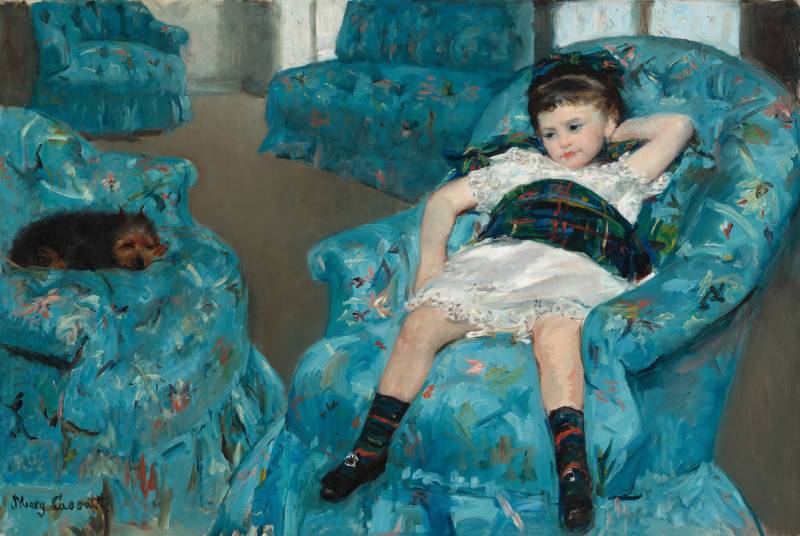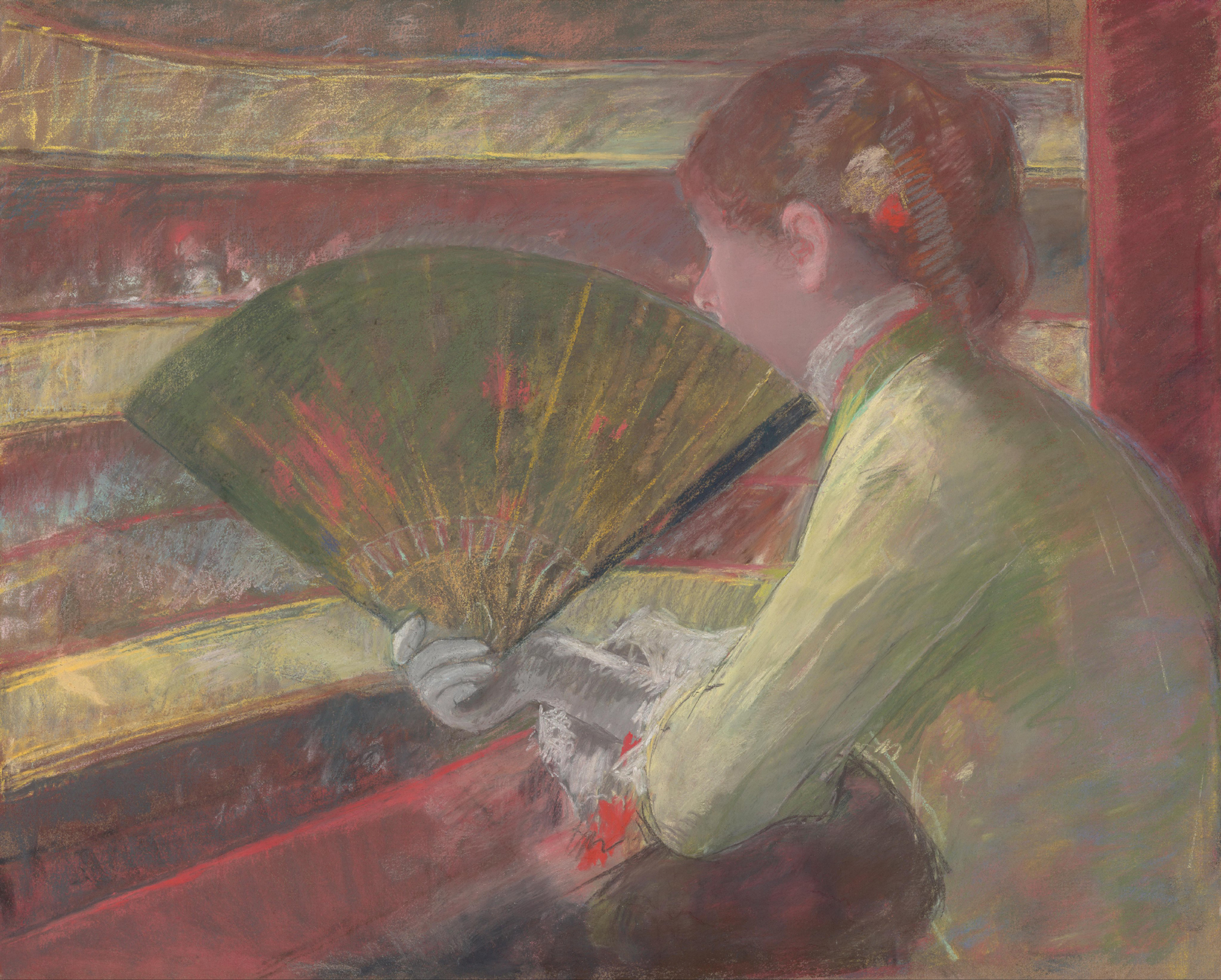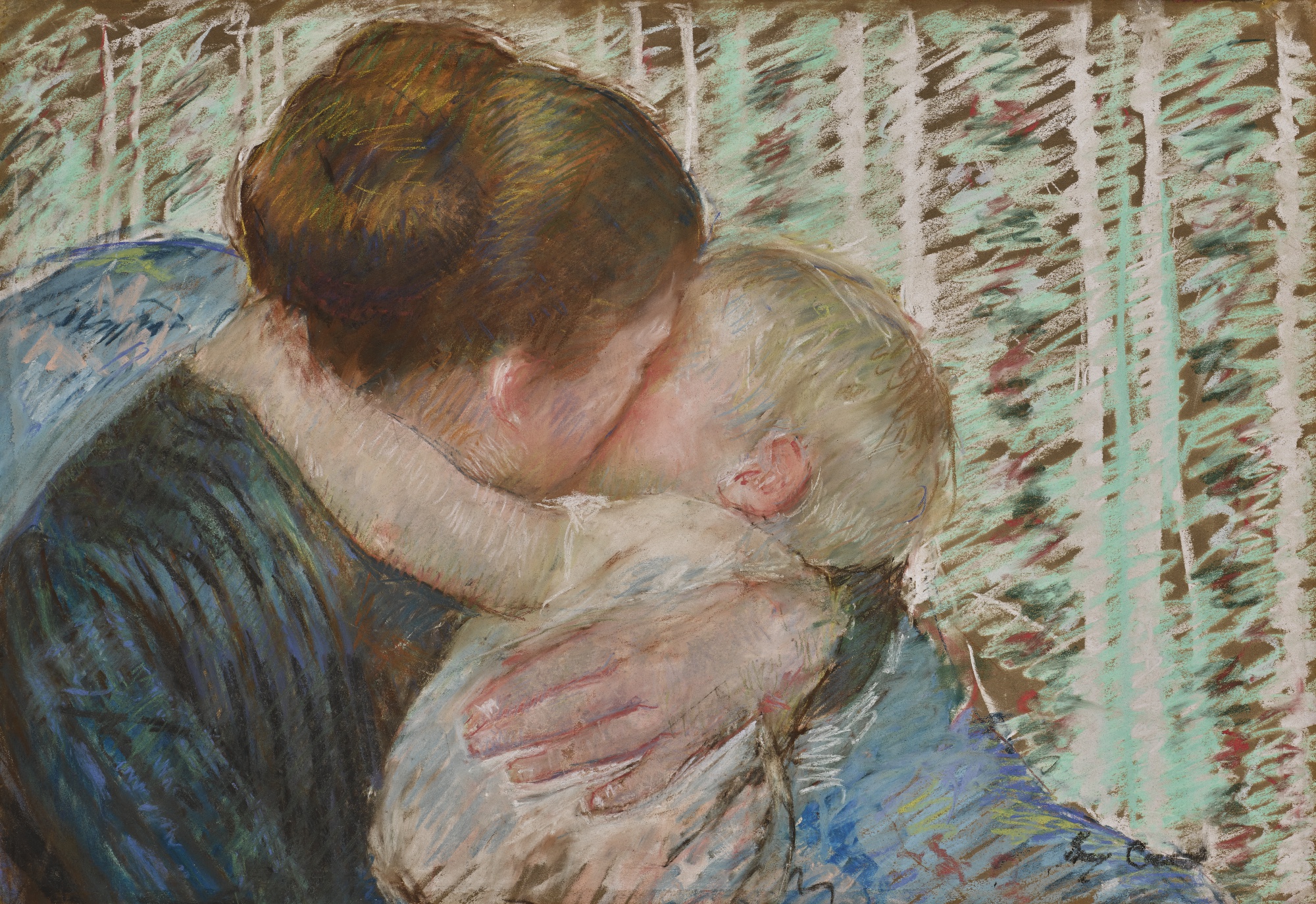A world-famous artist in her era, and widely known as both an artistic and a social revolutionary, the American impressionist Mary Cassatt is too often absented from exhibitions in favor of impressionism’s leading men: the familiar Monet, Degas, Renoir and Cézanne. There are likely many reasons for this, sexism being one, and impressionism’s reputation as a movement of French painters being another. A third could be Cassatt’s subject matter — images of domesticity, children and motherhood — which even today are seen as female interests rather than subjects of artistic glory.
Curious then, as a new exhibition at the Legion of Honor underscores repeatedly, that Cassatt’s subject matter was seen as radical during her lifetime, and was a large part of her immense fame as an artist. Mary Cassatt at Work collects 99 paintings, drawings and prints by the artist and attempts to make a case for Cassatt as an industrious spirit who paid witness to the unseen labor of women. Undoubtedly she did, although I am not sure that this framing best does justice to the works collected in this show. Rather than addressing the economic value of so-called women’s work, Mary Cassatt at Work more compellingly engages the concentrated emotions behind that labor.
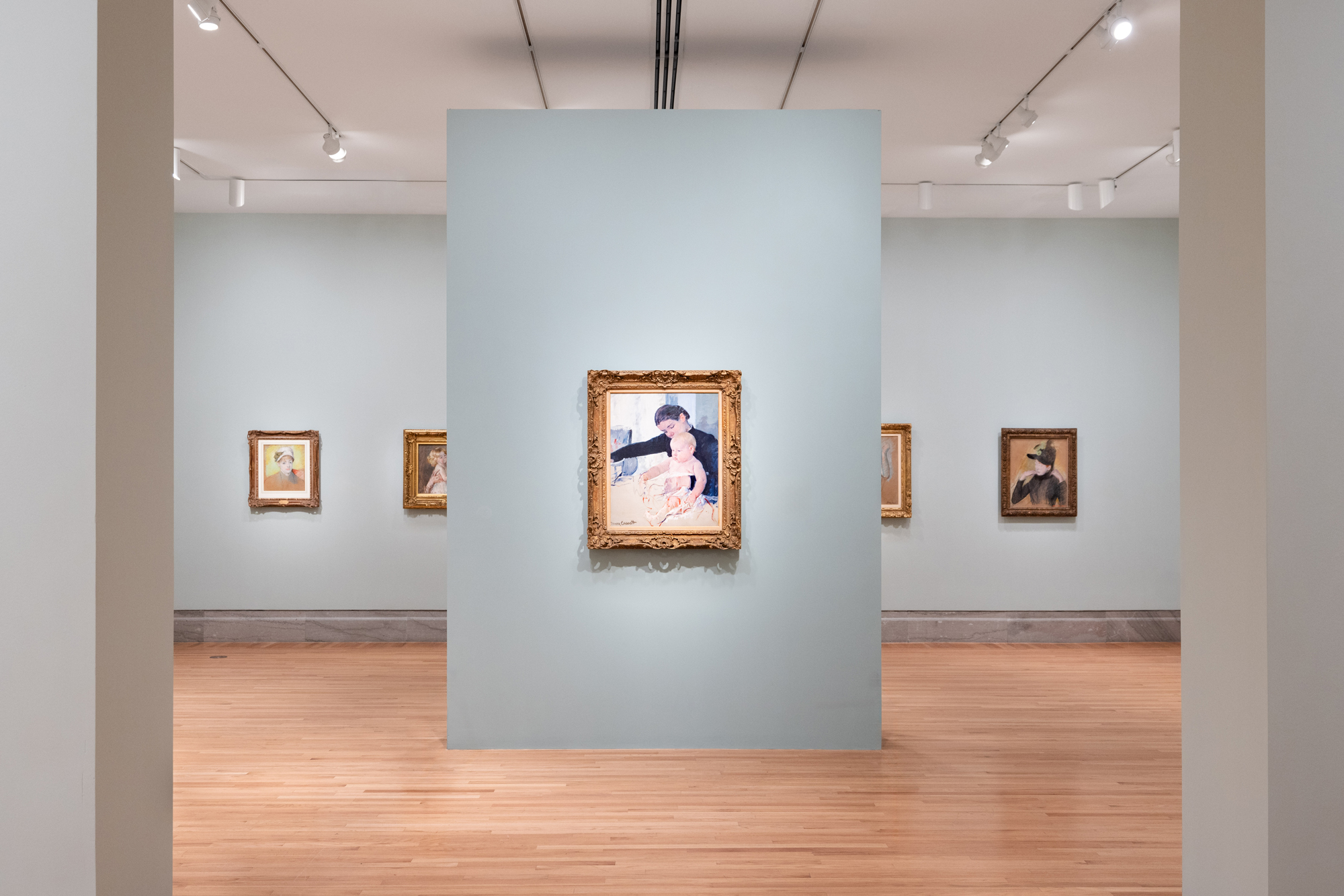
As the exhibition notes, Cassatt owed her career to the impressionists. The group offered her mentorship at a time when female artists were rarely supported — even Cassatt’s father, the prosperous banker Robert Simpson Cassatt, insisted that her artistic ventures be self-financed. Impressionism was a good place for a determined woman like Cassatt; its members strove to be egalitarian, involving women to a large degree and granting them a level of prominence absent in other artistic movements of the time.
Cassatt felt truly “independent” within impressionism, even if she had to carefully navigate social mores in order to expand notions of how women and girls could be portrayed in art. Part of her novel approach was to depict women actively shaping their own lives, rather than as static receptacles for the male gaze, like the nude figures in Manet’s The Luncheon on the Grass and Olympia. At the Legion of Honor, the opening galley prominently displays Cassatt’s sizable work In the Loge (1878), a clarion call to audiences that this is a show addressing the female gaze.
The painting fills its frame with an imposing female operagoer hungrily eying the stage through binoculars — her magnificence and authority dwarf a male audience member in the background who strains to ogle, coming off as comically puny. The show’s second gallery quickly follows this up with Driving (1881), which depicts a woman astutely taking the reins of a Parisian carriage, the coachman relegated to an afterthought in the back seat.
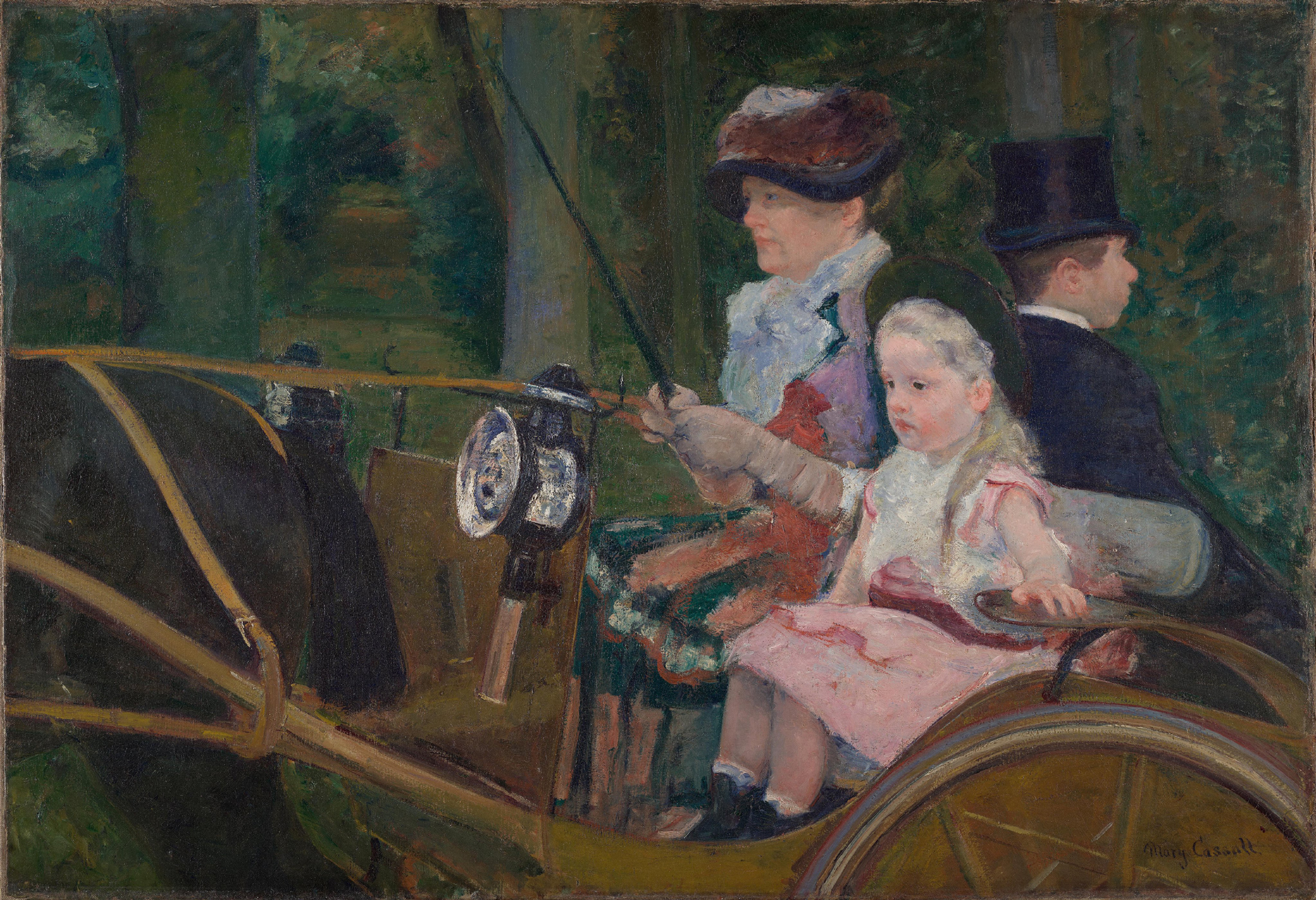
It is hard to imagine how unusual such work would have been in the late 19th century, so consider that these paintings were made 40 years before American women like Cassatt were permitted to vote, and at a time when women were widely disallowed from owning property by law. These images were also far more forward-thinking in their depiction of feminine authority than even the art of the other leading female impressionist, Berthe Morisot. As commentators have noted, Cassatt did not lack for courage, and even at times exhibited a recklessness with regards to her career and the subjects she pursued as an artist.
